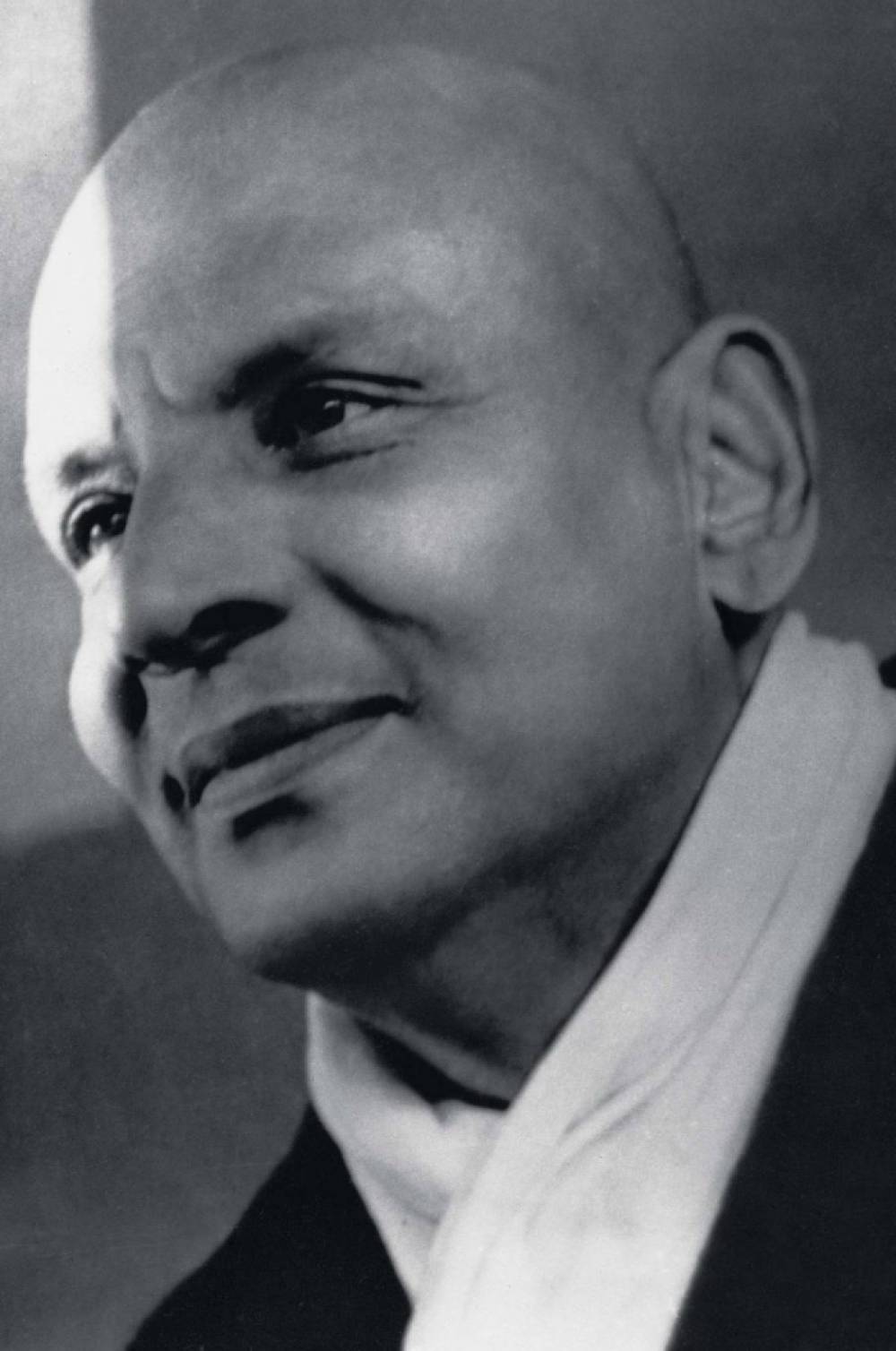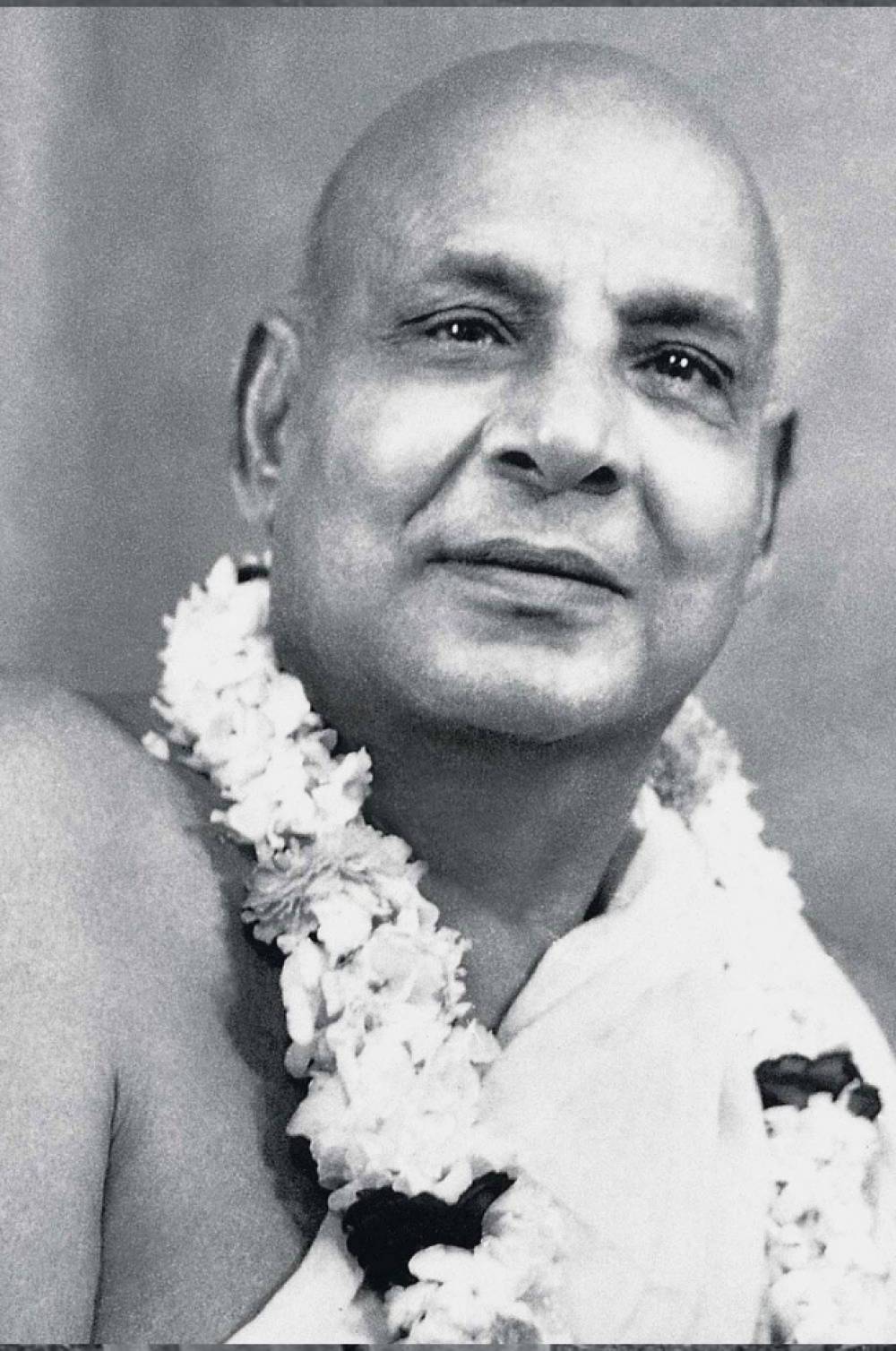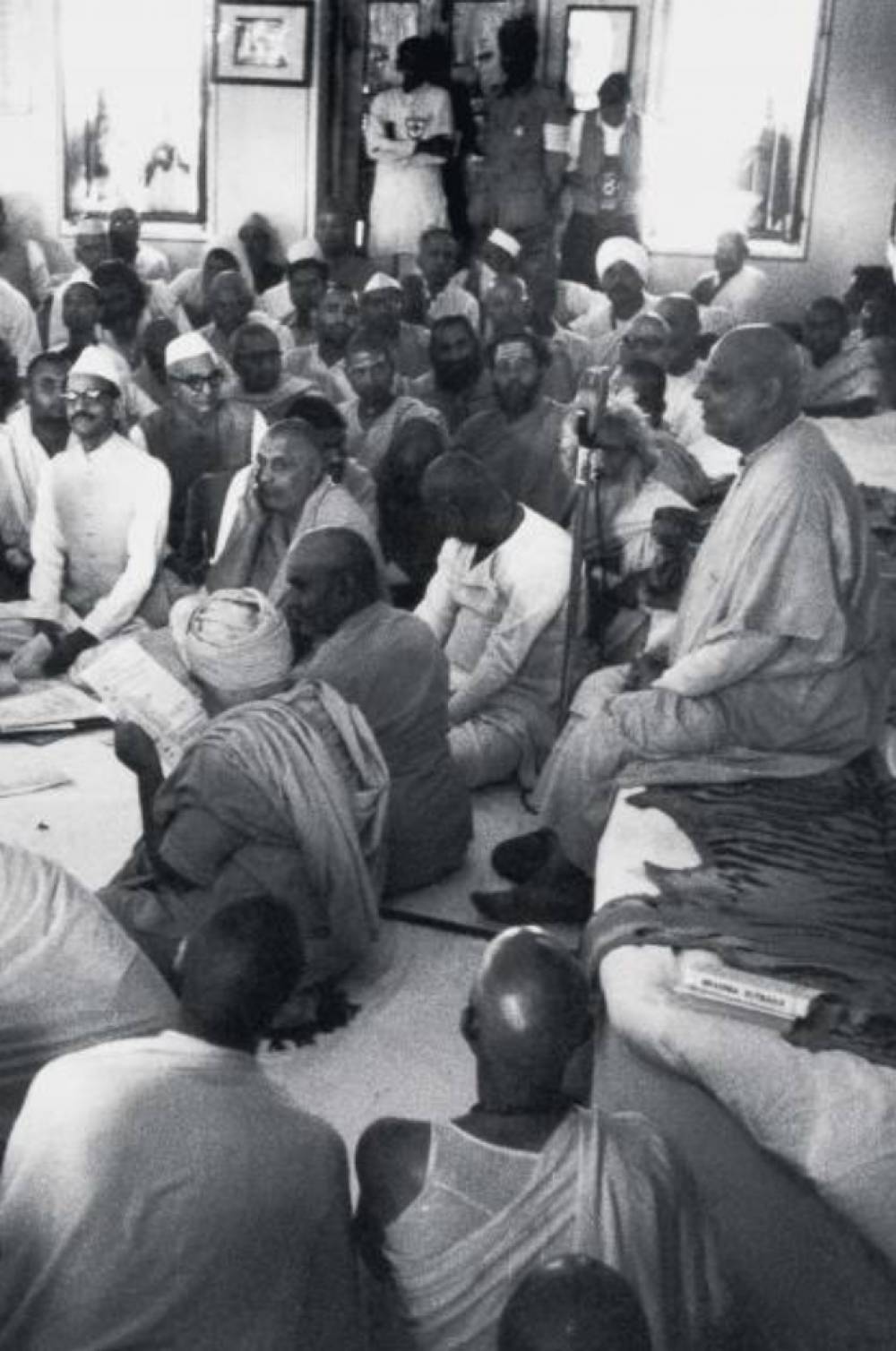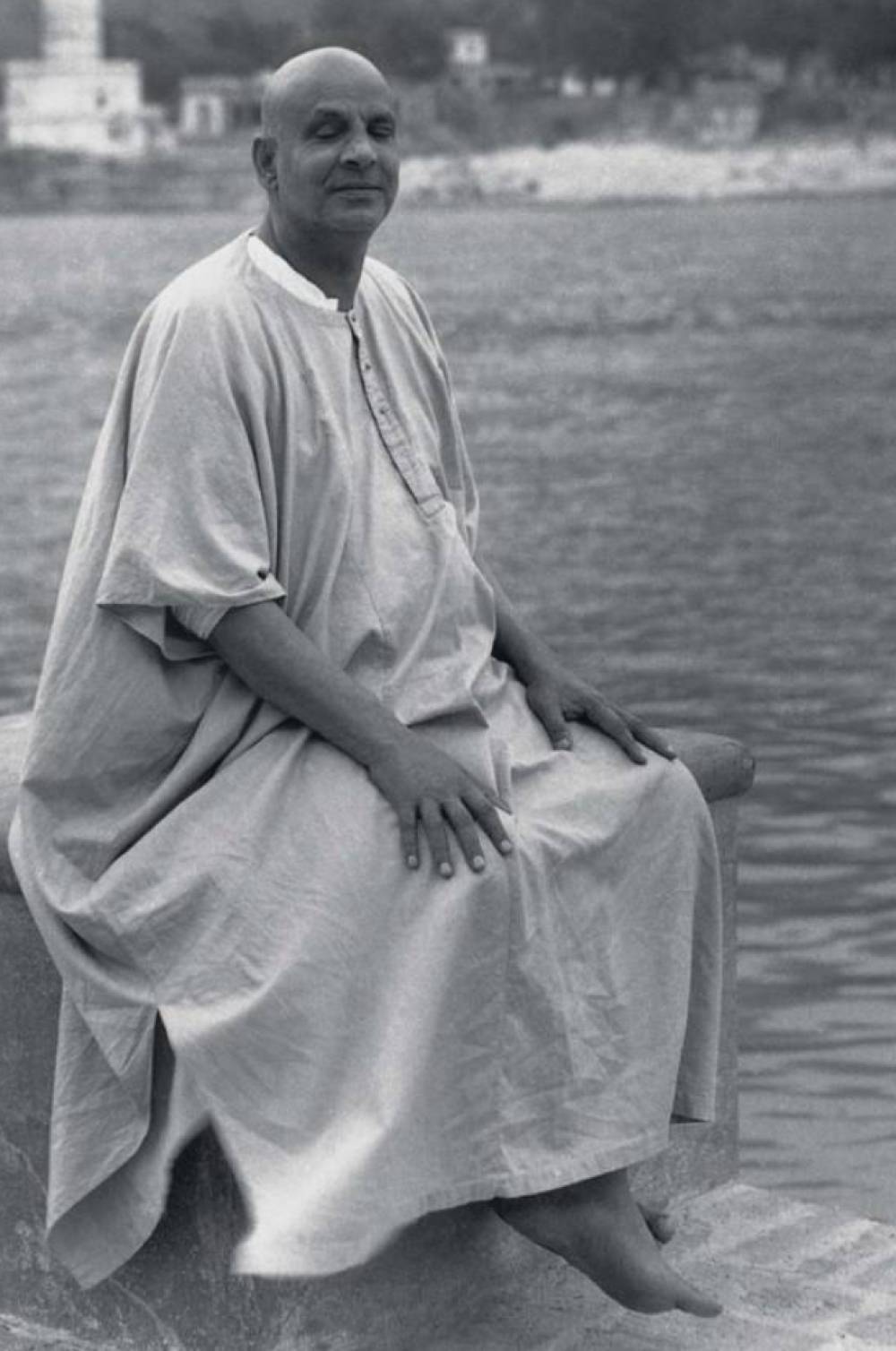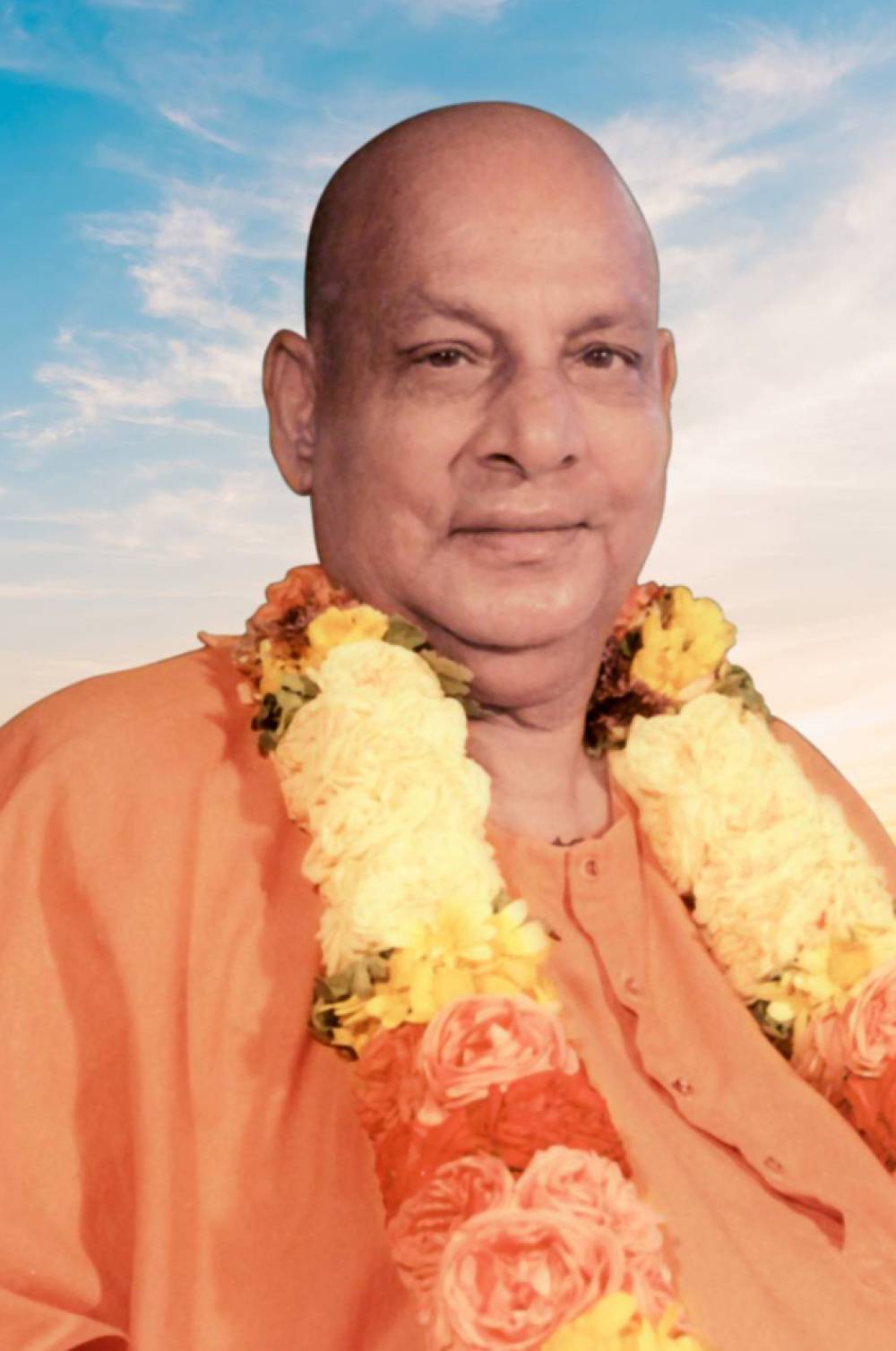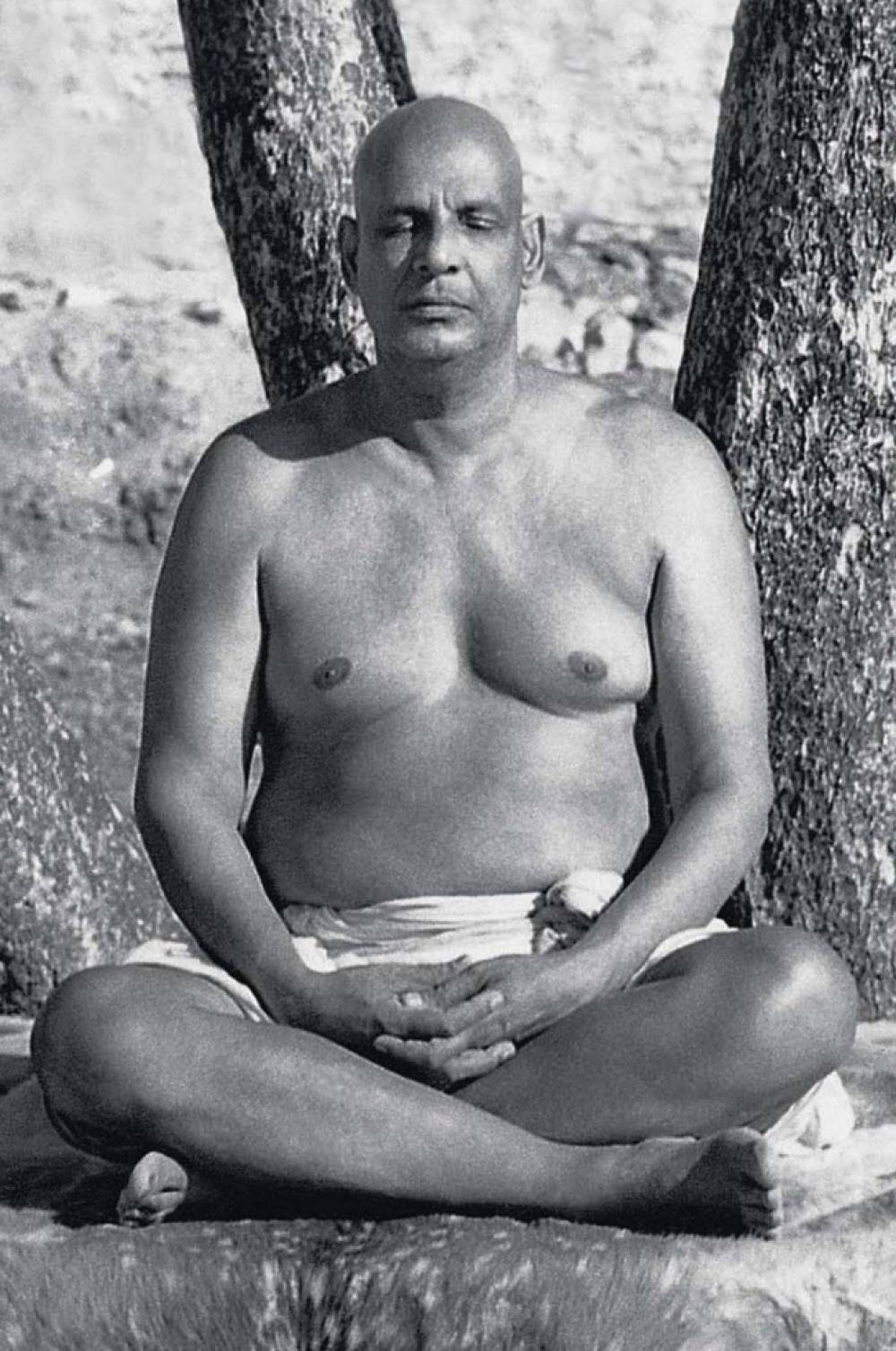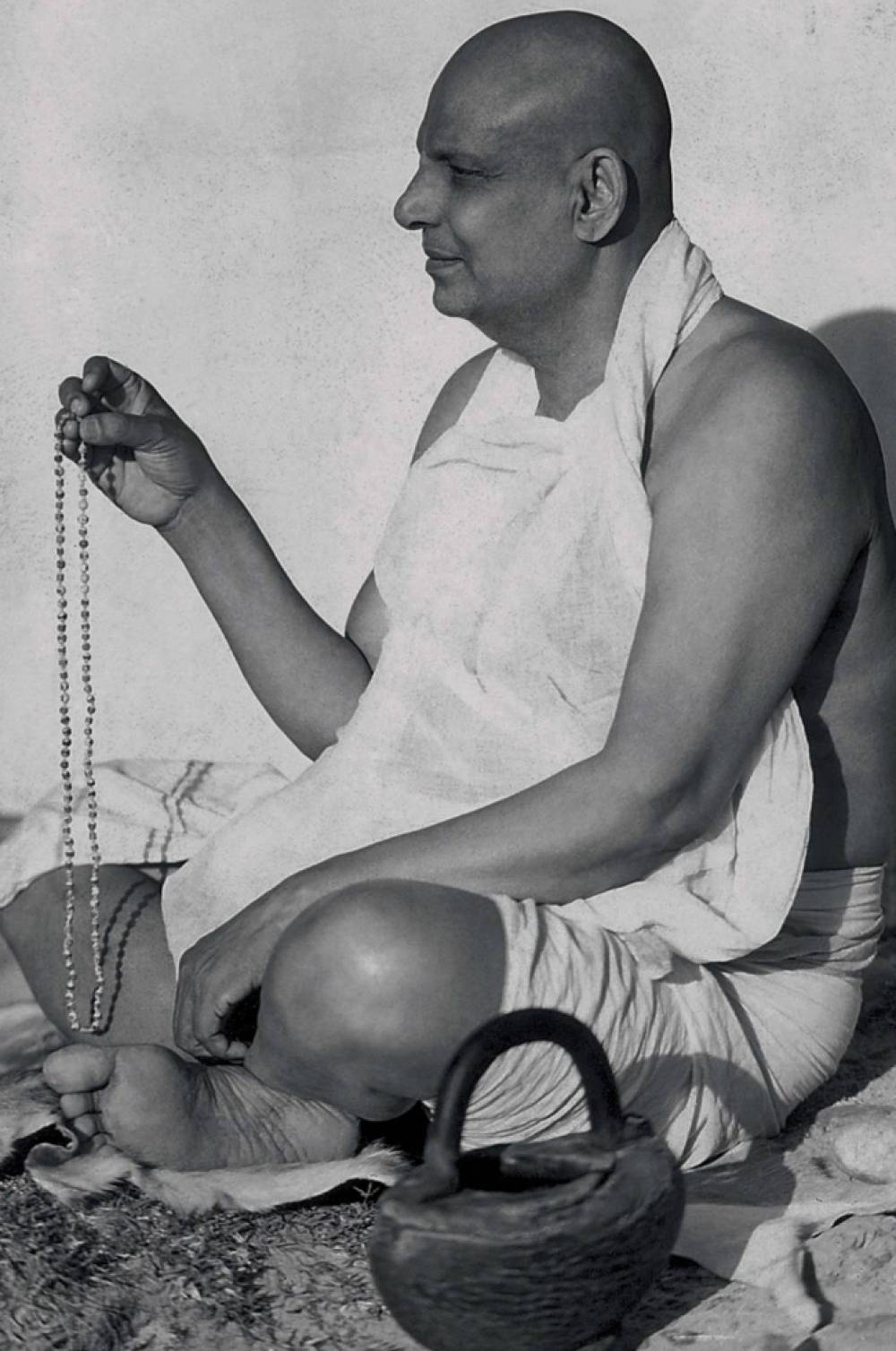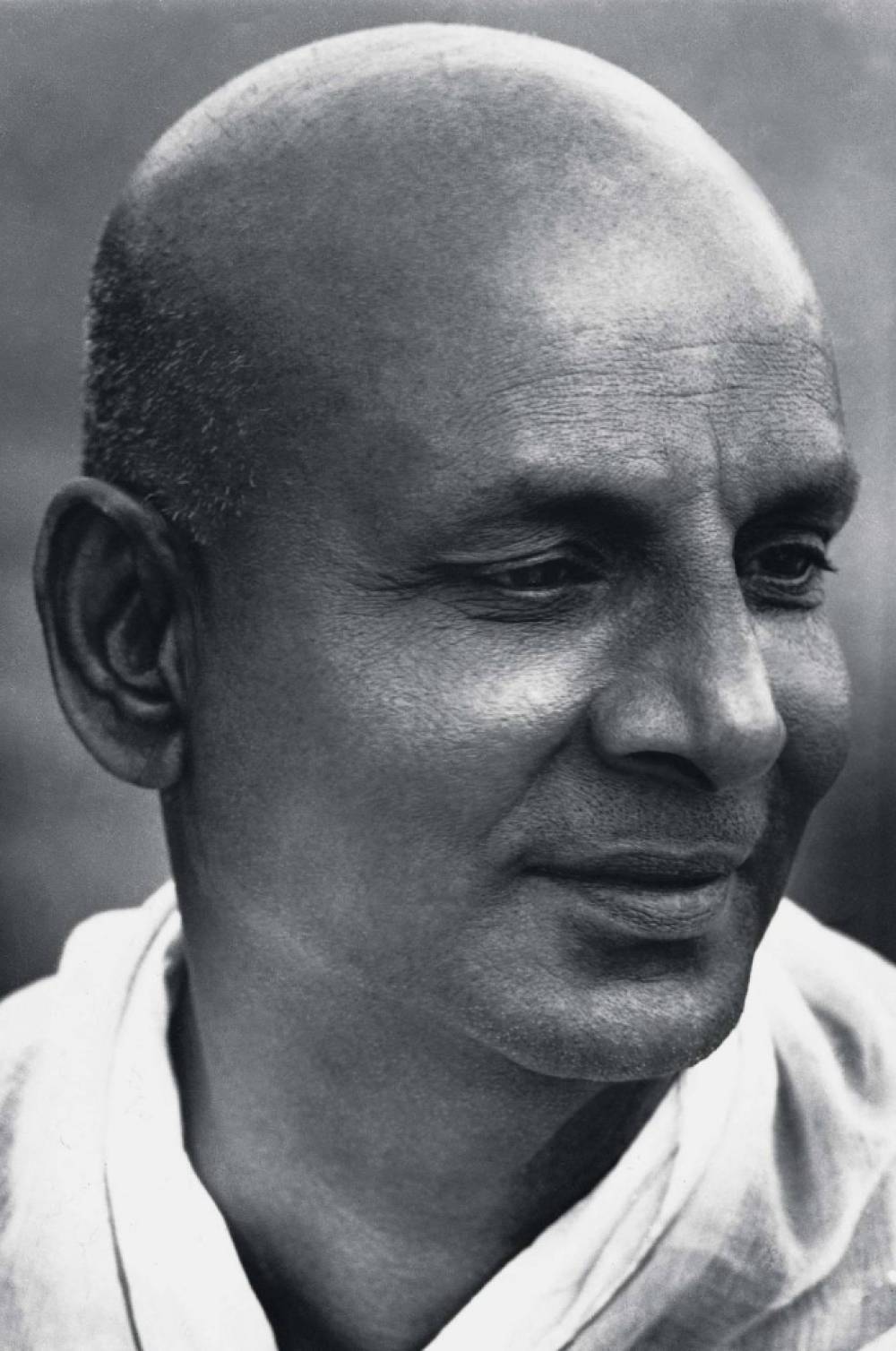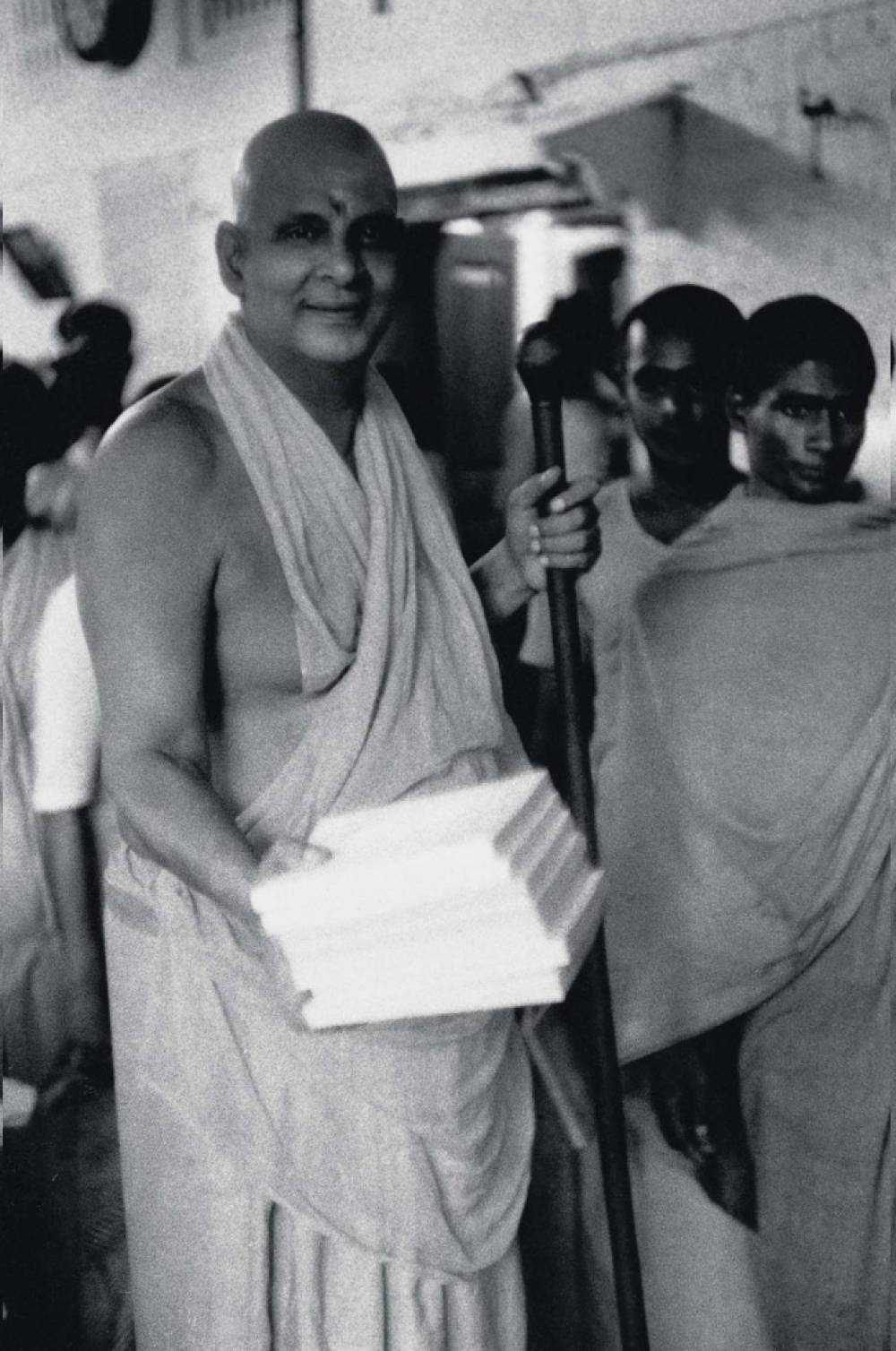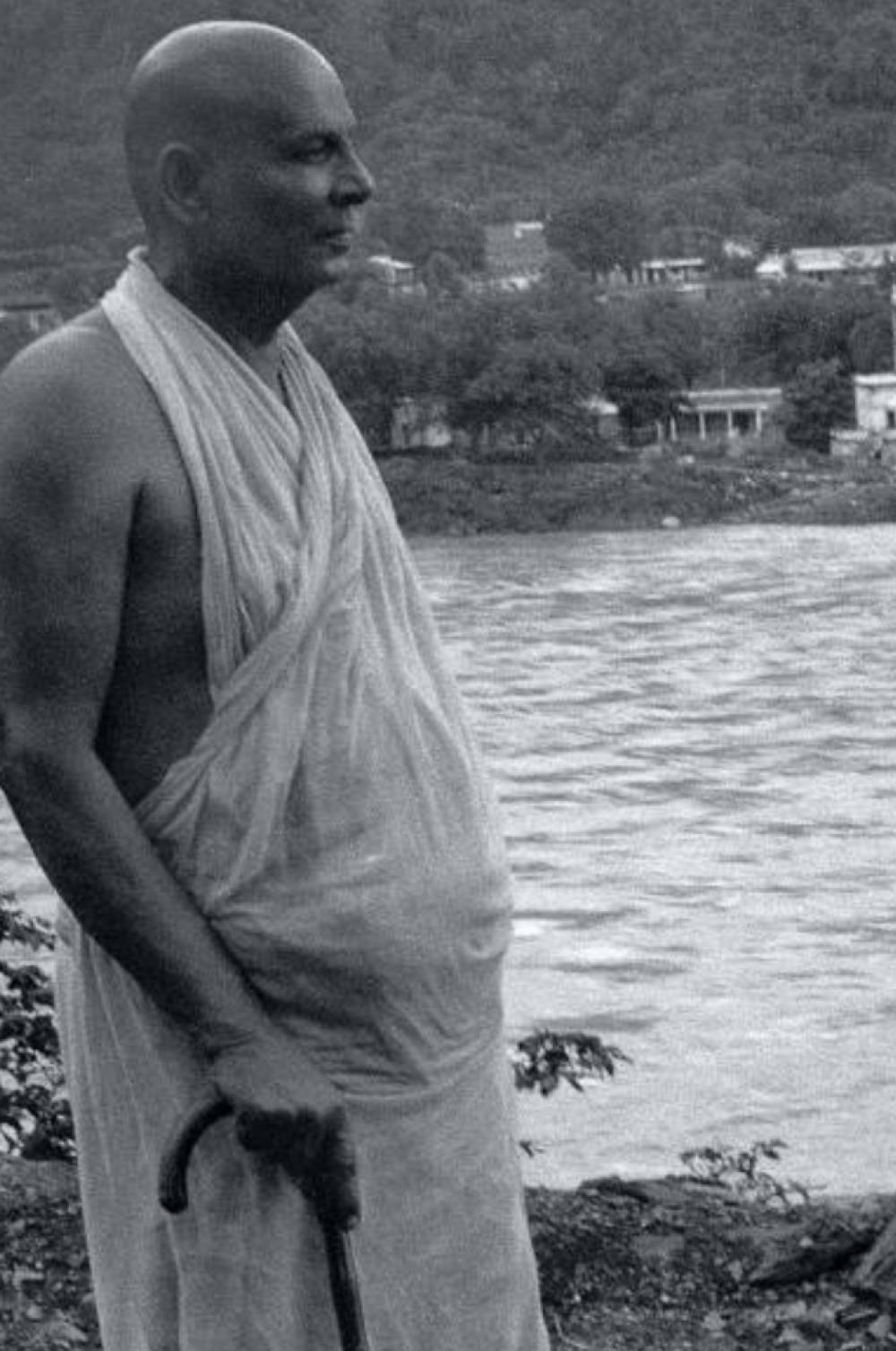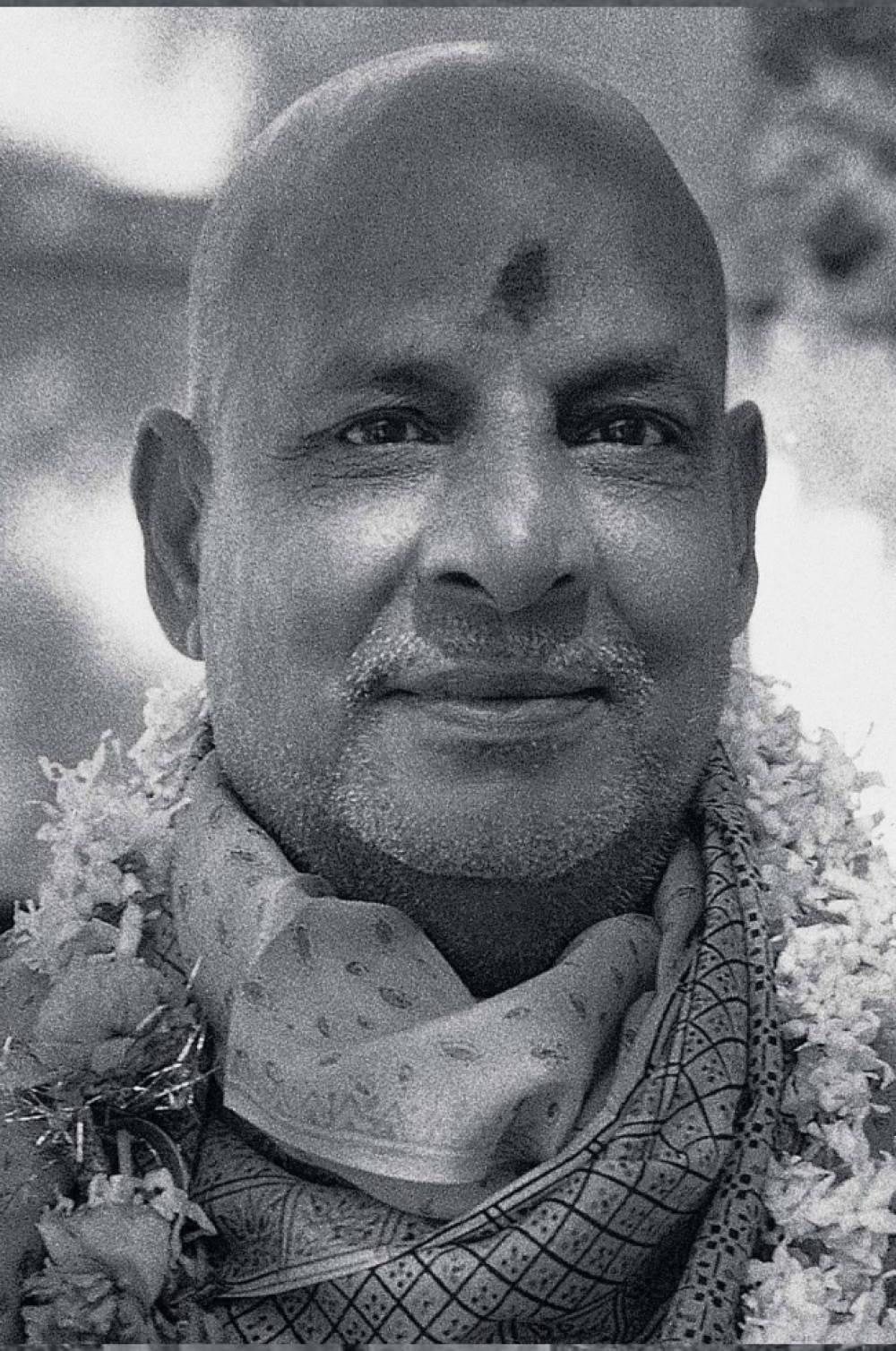Through the practice of Pranayama, the Sadhaka can attain long life. A healthy man takes 14 or 16 breaths in a minute. The number of breaths increases during sleep, exercise, running etc. Retention of breath through the practice of Kumbhaka bestows longevity to the Yogic student. The lesser the number of breaths, the more is the duration of life.
The number of breaths is more in a dog and a horse. It is nearly fifty in a dog and so its duration of life is about 14 years. It is thirtyfive in a horse. So its duration of life is 29 to 30 years. An elephant breathes about 20 times in a minute and so it lives about a hundred years. A tortoise breathes five times in a minute and therefore it lives about four hundred years. A snake breathes twice or thrice in a minute. It lives for 500 to 1000 years.
The fewer the desires and wants, the lesser the number of breaths and vice versa. He who practises Japa, meditation, Brahmacharya and studies religious books or holy scriptures will have lesser number of breaths and more concentration. Lesser number of breaths means increase in concentration, rich inner spiritual life in Atman and more peace.
The Surya Mandal or the fire is in the Nabhi or the navel. The Chandra Mandal or the sphere of Amrita is a little below Ajna Chakra. Amrita or nectar dribbles and the Agni devours it, consumes it. So you have a short duration of life. If you practise Vipareetakarani Mudra or Sarvanga Asana you can conquer death, you can attain long life. In this posture the fire Mandal comes above. The nectar that dribbles from the Chandra Mandal cannot be swallowed by the Agni. Hence the nectar nourishes the Nadis and the body, and life is prolonged. Therefore it is essential that everybody should practise this vital Asana for keeping up good health and attaining longevity.
This is physical Vipareetakarani Mudra. Through the practice of Jnana Vipareetakarani Mudra you can attain immortality and eternal bliss. You can have Brahma Jnana. What is the Jnana Vipareetakarani Mudra? Have a changed angle of vision. Have a changed outlook. Behold Brahman or the one Self everywhere by negating the names and forms. Practise this again and again.
Man cannot have a strong mind unless the rays of the mind which go in diverse ways are stopped and made to converge to a point, as in the case of the rays of the sun through a magnifying glass. You can burn many things by centralising the rays of the sun through the magnifying glass. In the same way by centralising the scattered or dissipated rays of the mind and converging them on one point, through dispassion, discrimination and concentration, you can work wonders. You can perceive the marvels of the hidden innermost Self or the Supreme Atman.
Decrease in urine, faeces and phlegm, Tejas or brilliance in the eyes and face, beautiful complexion, lightness of body, sweet voice, abundance of vigour, visions of lights, freedom from disease and sloth are the fist signs of progress in Yoga (Prathama Lakshana).
Clairvoyance, clairaudience are the signs that indicate the second stage in the onward march in the path of Yoga (Dviteeya Lakshana).
The Yogi can walk over the fire, water and a sharp sword. He can move in the skies. He has knowledge of the three periods of time (Trikala Jnana). These indicate that he is in the third, fourth and fifth stage of Yoga. Eventually he frees himself from Prakriti and the three Gunas and attains Kaivalya or Absolute Independence through Nirvikalpa or Nirbhaya Samadhi.
Categories
Tag Cloud

